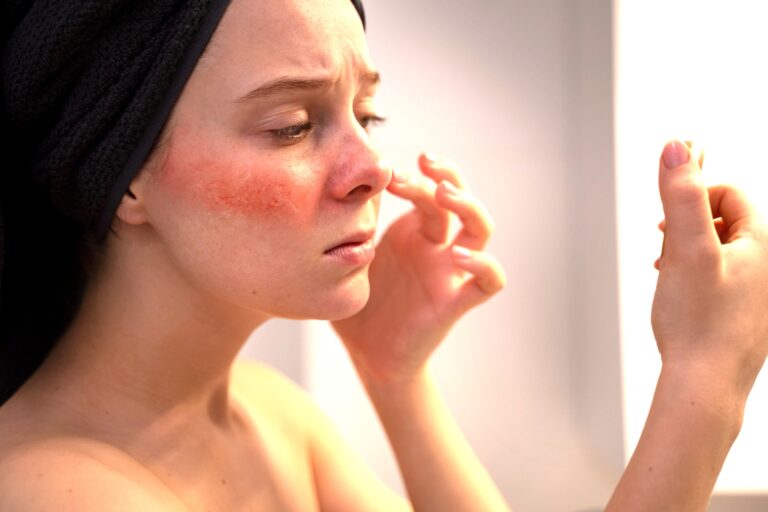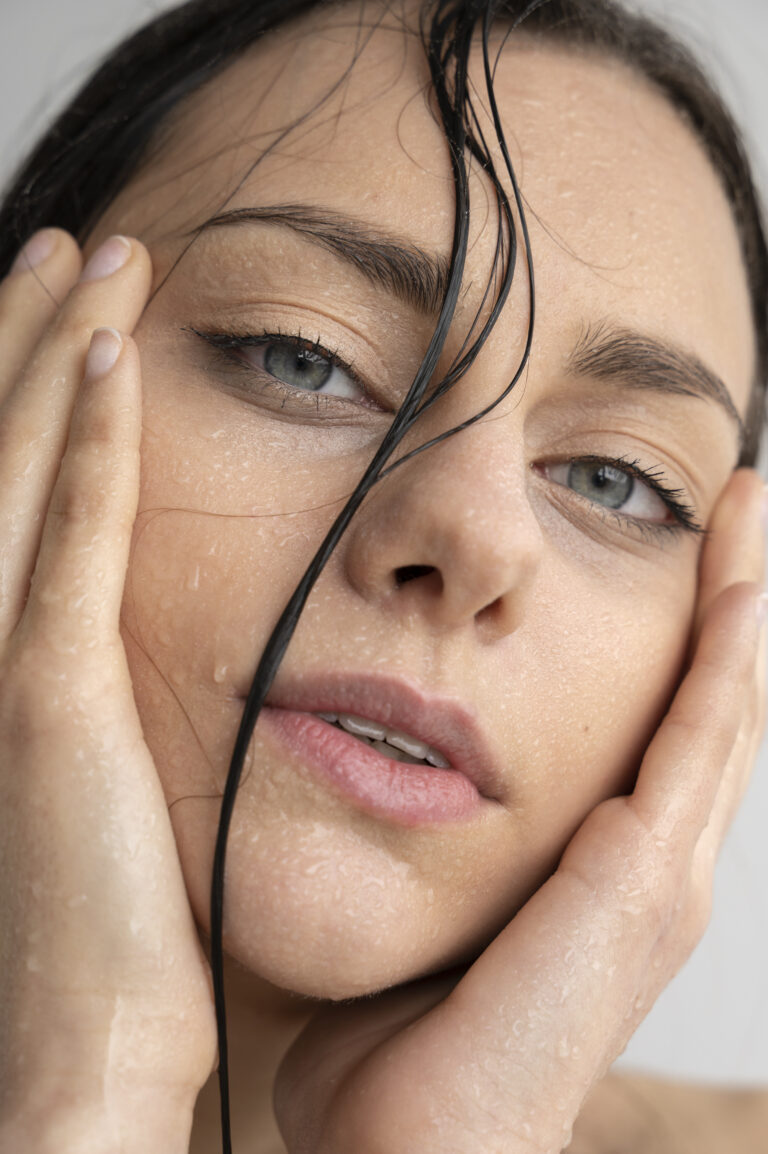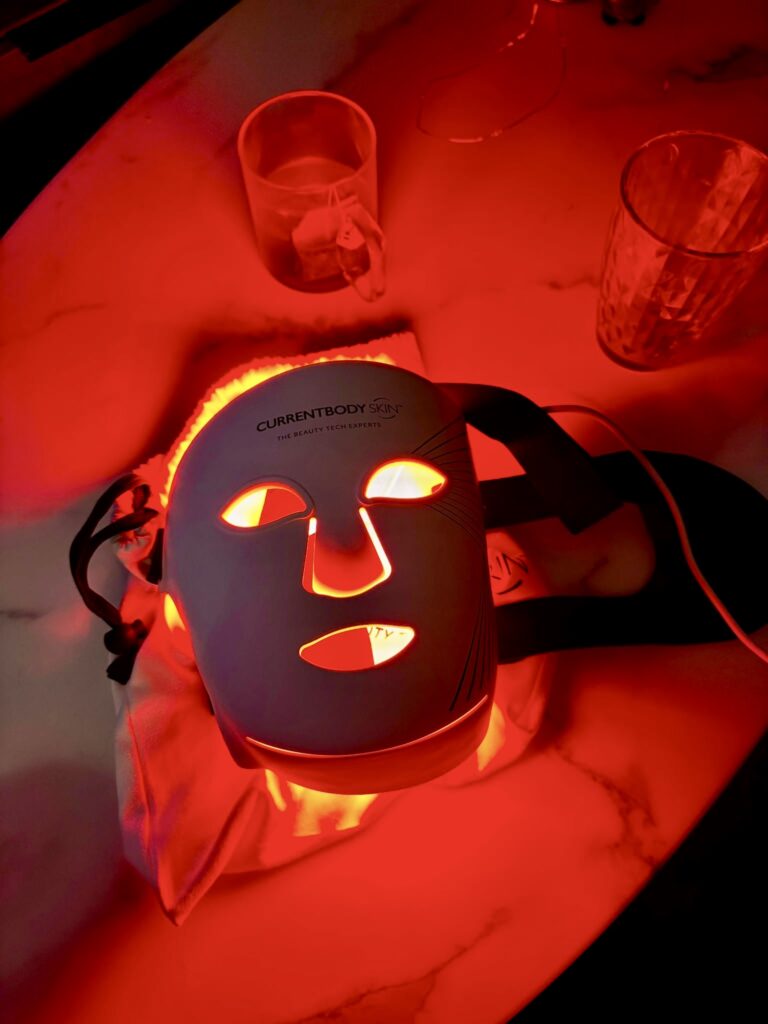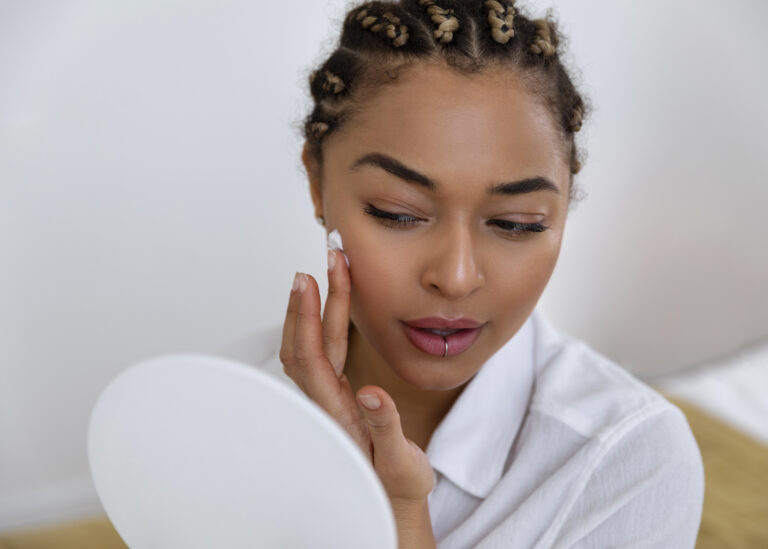Why Your Skin Gets Drier After 30 & How to Fix It
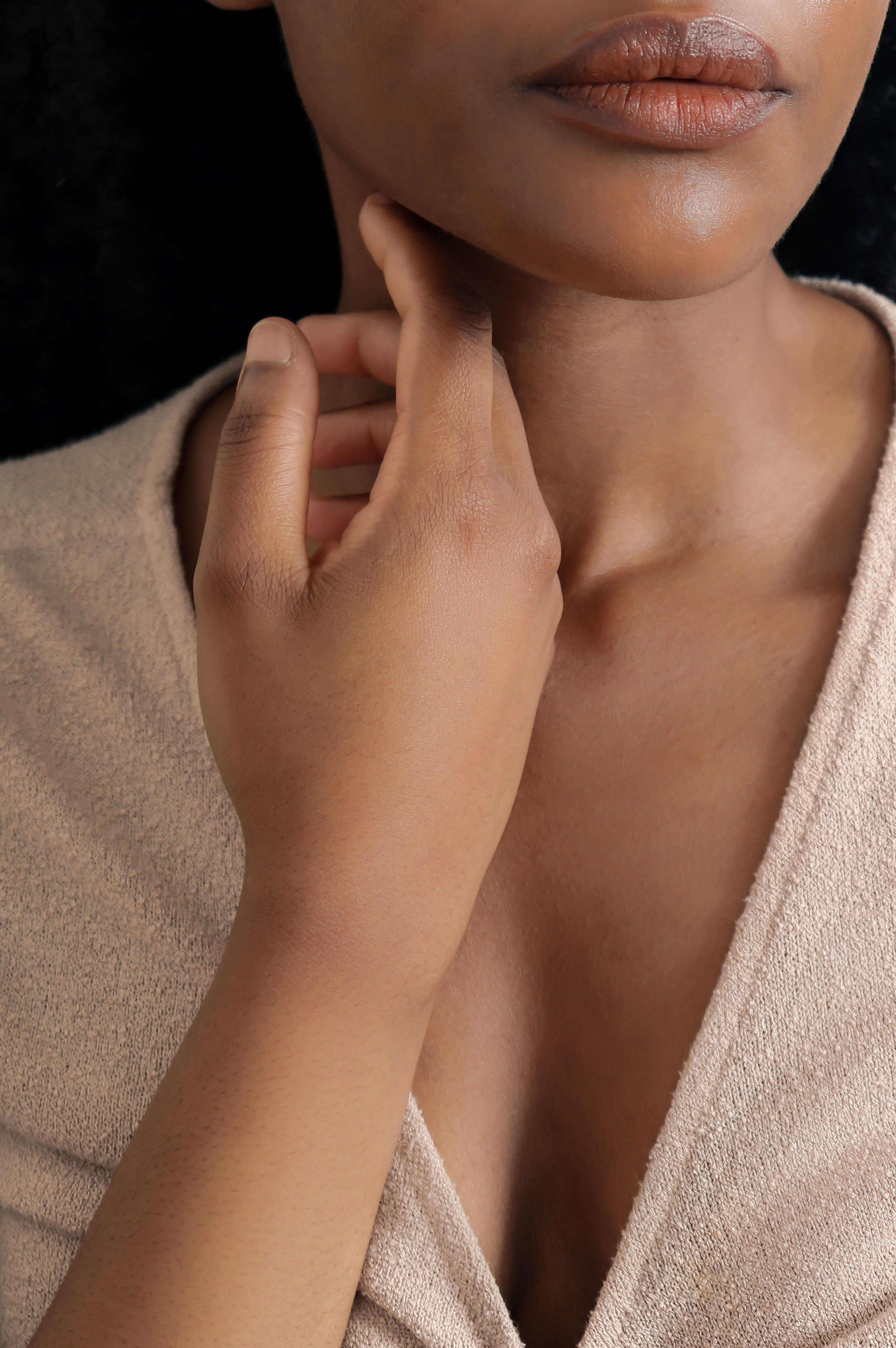
If you’ve reached your 30s or 40s and started noticing your skin feeling tighter, drier, or even duller than it used to, you’re not imagining things. Dry skin after 30 is incredibly common – almost everyone notices changes around this age. But what’s actually causing this dryness, and more importantly, what can you do about it?
Let’s unpack why your skin suddenly feels thirstier and how you can effectively restore moisture, softness, and glow, without complicated skincare routines.
Why Does Skin Get Drier After 30?
Once you cross the 30-year mark, several natural changes happen in your skin:
1. Reduced Oil Production
Your skin naturally produces less oil as you age. In your teens and 20s, oil glands are highly active, keeping skin moisturized effortlessly. But after 30, oil production slows down, leaving skin feeling drier and tighter.
2. Hormonal Changes
Estrogen, the hormone that keeps your skin plump and hydrated, begins to dip slightly in your 30s and more noticeably as you approach your 40s. Lower estrogen levels mean your skin can’t retain moisture as well, making dryness more apparent. Learn how to balance your hormones here.
3. Skin Cell Turnover Slows Down
In your 20s, your skin naturally renews every 28 days. In your 30s, this process gradually slows, causing dead cells to build up, resulting in dull, flaky, and rough-feeling skin. Make sure to take the right steps to avoid premature aging in your 30s.
4. Your Skin Barrier Weakens
With age, the outer protective layer of your skin (the barrier) weakens. This makes your skin more sensitive and prone to dehydration, redness, and irritation.
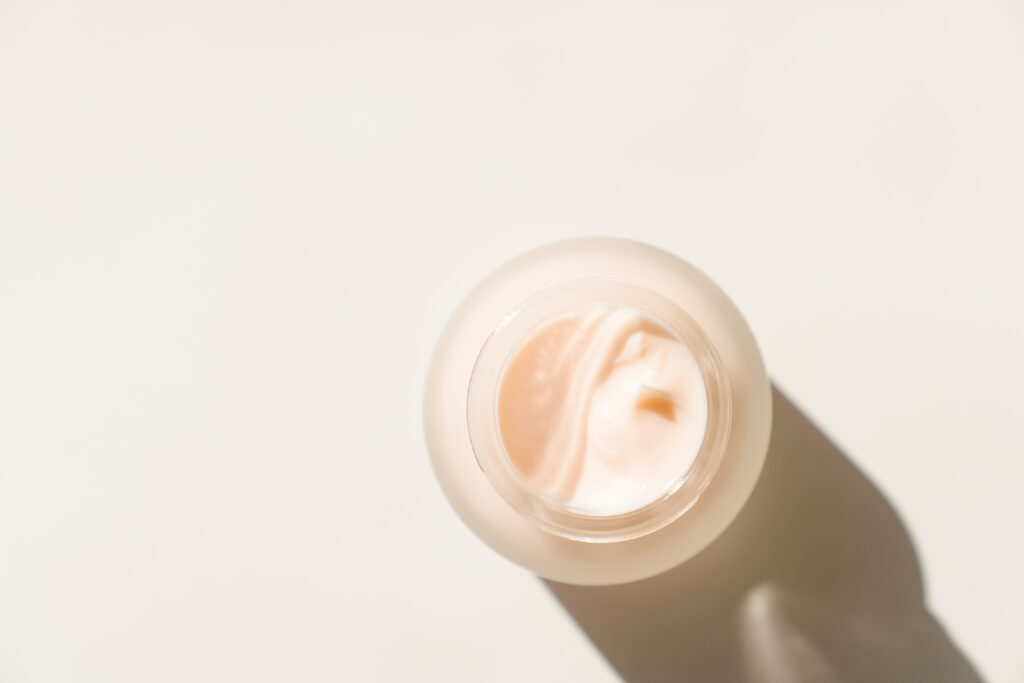
Easy Ways to Fix Dry Skin After 30
If your skin’s feeling dry, itchy, or simply not as radiant as it used to be, here are some easy, effective tips to revive your complexion:
Prioritize Hydration (Inside and Out)
Yes, drinking water helps, but hydration also comes from skincare. Introduce hydrating serums with ingredients like hyaluronic acid or glycerin – even in the summer. These ingredients pull moisture into your skin and keep it locked in.
Add Ceramides and Fatty Acids
Ceramides and fatty acids repair and strengthen your skin’s barrier. Look for moisturizers containing these ingredients to restore hydration and reduce sensitivity.
Choose Gentle Cleansers
Switching to a mild, creamy cleanser instead of harsh foaming cleansers or soaps can significantly reduce dryness. Avoid products with fragrances or alcohol, which can strip your skin’s natural oils.
Exfoliate Regularly (But Gently!)
Gently exfoliating 2-3 times a week with AHAs (like glycolic or lactic acid) removes dead skin and allows your moisturizer to work better. Just avoid overdoing it, as excessive exfoliation can further dry out your skin. Build the best skincare routine for dry skin and stick to it for best results.
Try Hyaluronic Acid Serums
A hyaluronic acid serum applied before moisturizer can dramatically increase hydration, plumpness, and glow, making your skin look youthful and refreshed.
SPF Is Still Your Best Friend
Sun exposure speeds up dryness and aging. Use broad-spectrum SPF daily to protect your skin and keep it youthful and hydrated.
Consider a Facial Oil
If you still feel dry after moisturizer, add a face oil on top. Oils like rosehip, squalane, or jojoba help lock in moisture without clogging your pores.
Reduce Long, Hot Showers
Hot water feels great but strips natural oils from your skin. Shorten your showers or opt for lukewarm water to keep your skin hydrated.
Stay Hydrated Internally
Drinking plenty of water, alongside eating water-rich foods (like cucumber, watermelon, and leafy greens), will hydrate your skin from within.
Avoid Harsh Ingredients
Skip skincare products containing alcohol, sulfates, and overly fragranced ingredients, as they can dry out your skin even more.
Add Tools
Skincare tools like LED red light mask can maximize your skin care and keep skin behaving in a youthful, more favorable way.
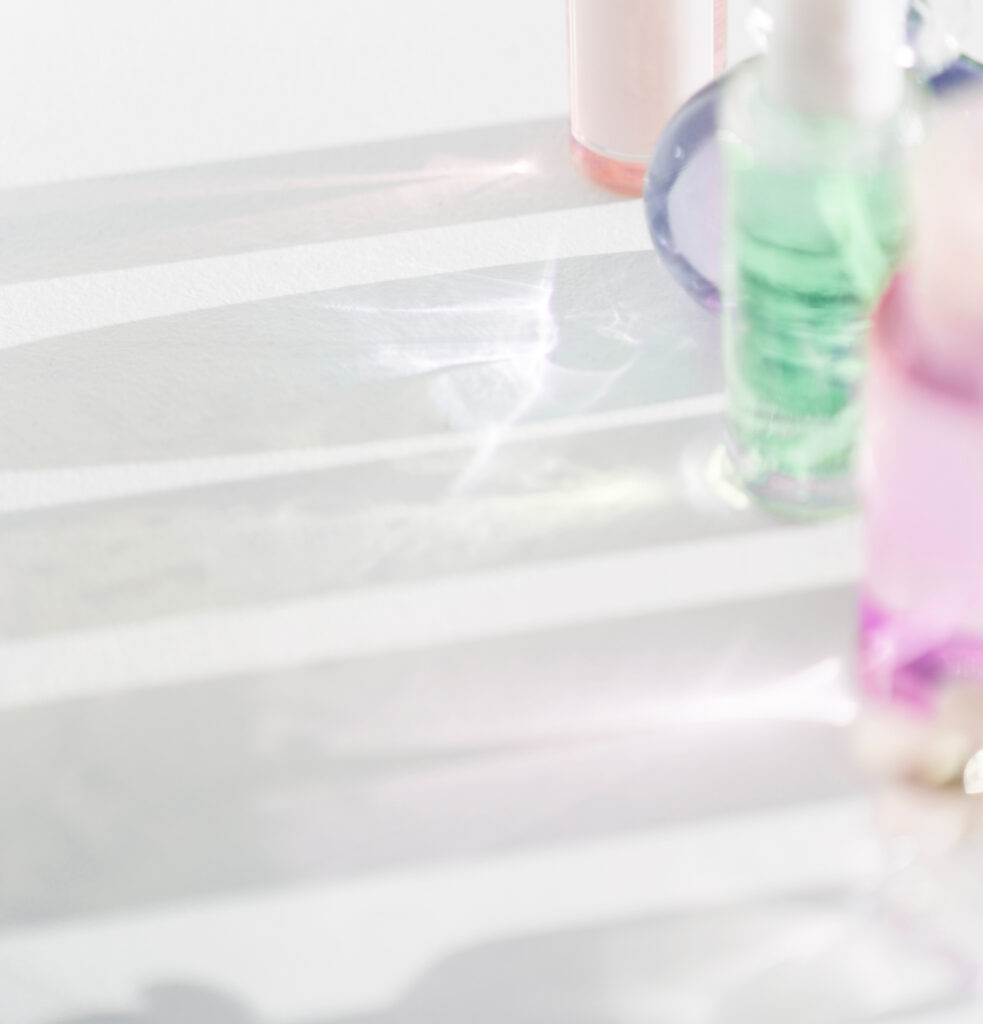
When Should You See a Dermatologist?
If your dryness persists despite these changes, or your skin becomes excessively irritated, flaky, or painful, it might be time to chat with a dermatologist. They can work with you to identify underlying conditions (like eczema or psoriasis) and guide you towards specific treatments or prescription-strength products.
Keeping Your Skin Healthy After 30
Dry skin after 30 is common, but it’s definitely manageable. Hydration is your best friend. Prioritizing moisture, repairing your skin barrier, and protecting your skin from environmental stressors will ensure your skin stays soft, healthy, and radiant.
Turning 30 or 40 doesn’t have to mean losing the skin you love – you just have to get smarter about skincare. With a few intentional tweaks, you can keep your skin healthy, hydrated, and beautiful at any age.
